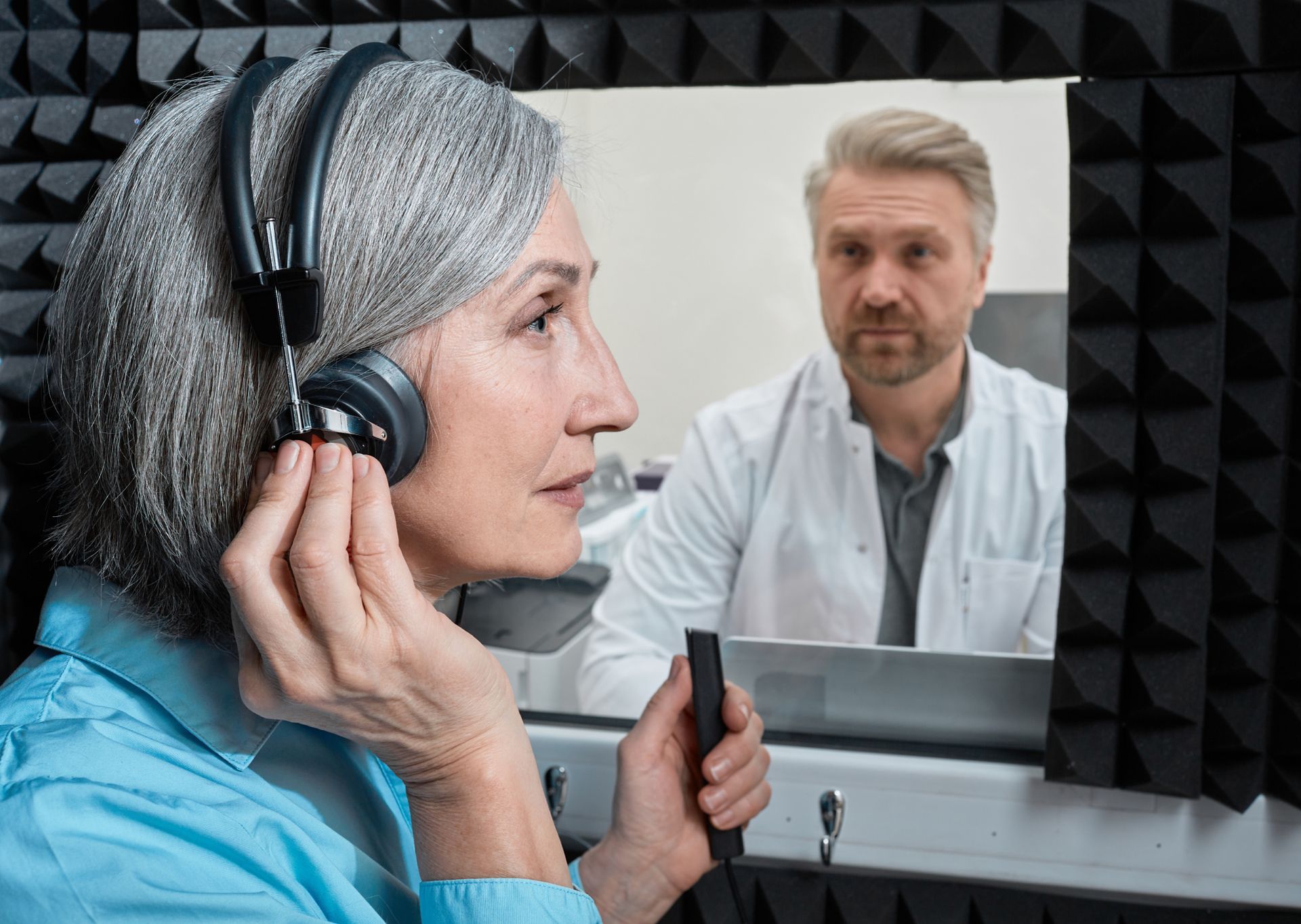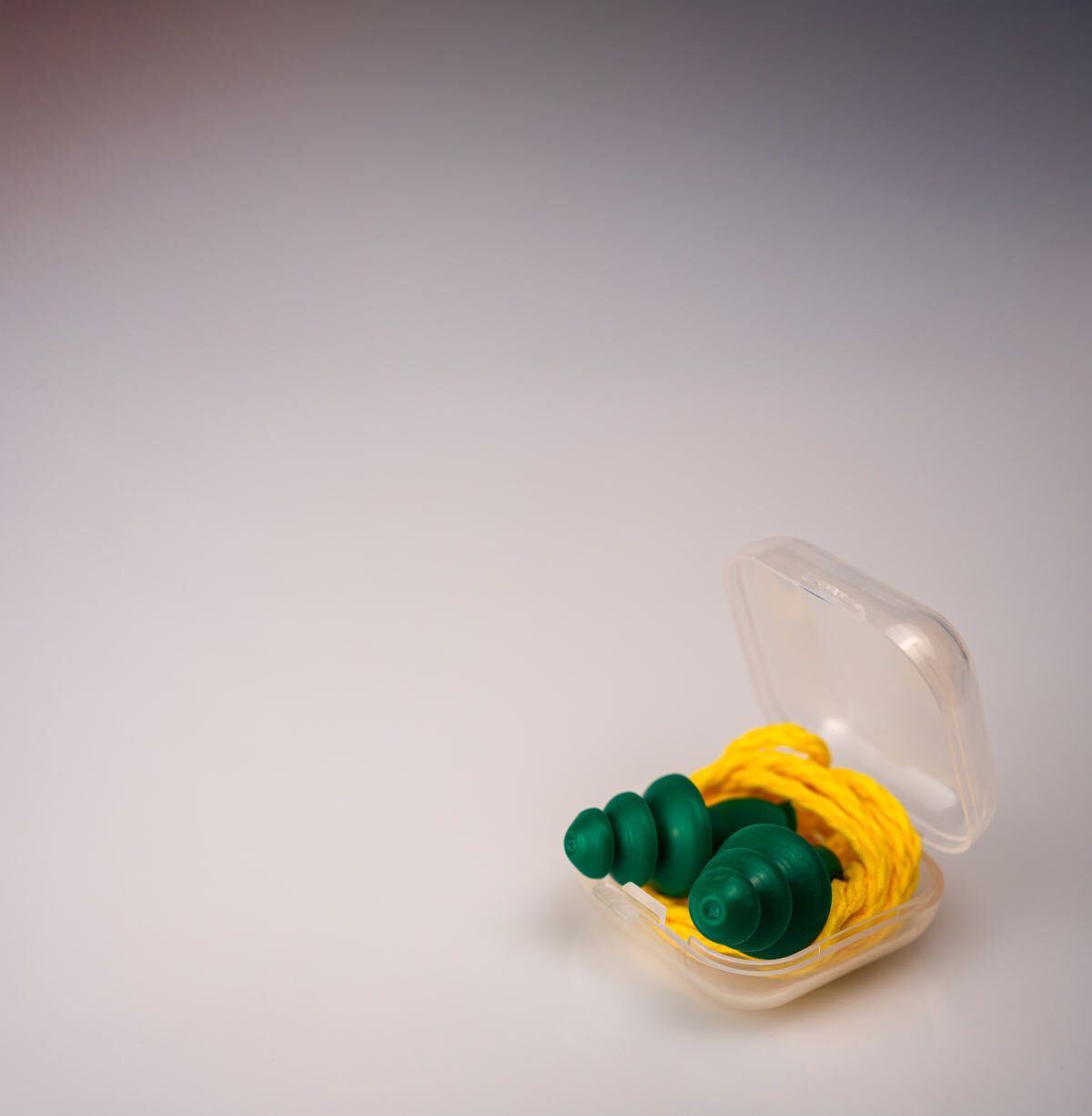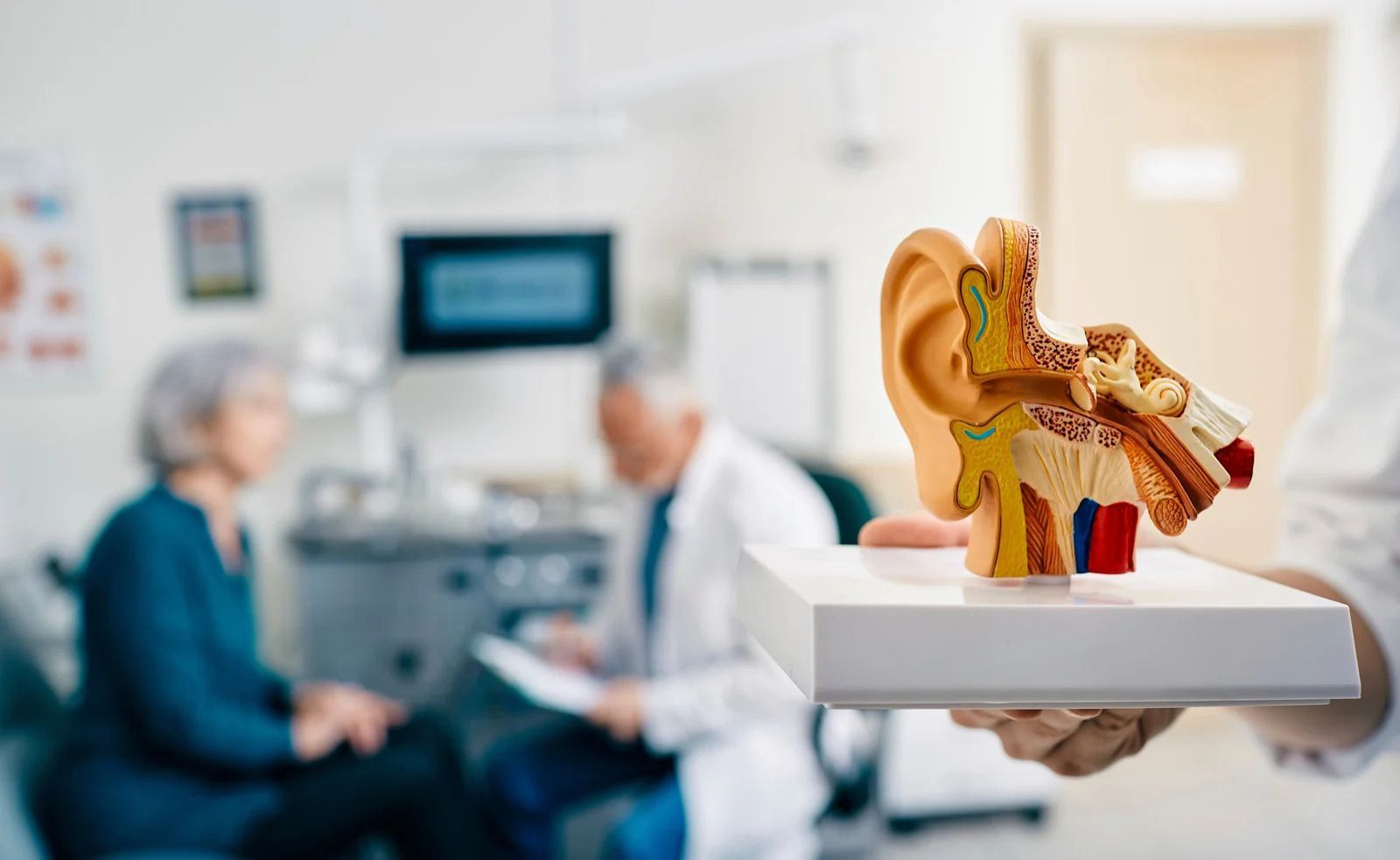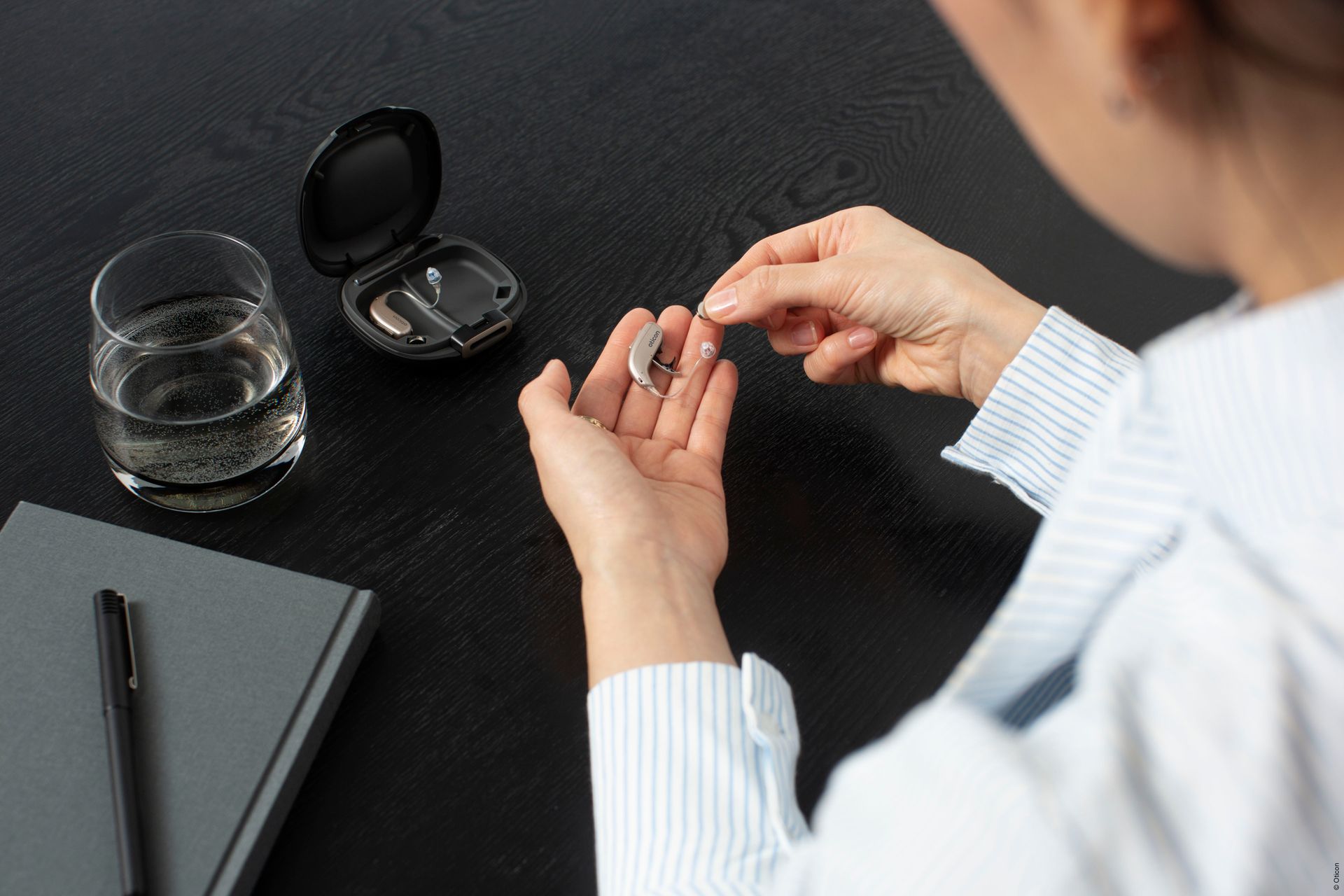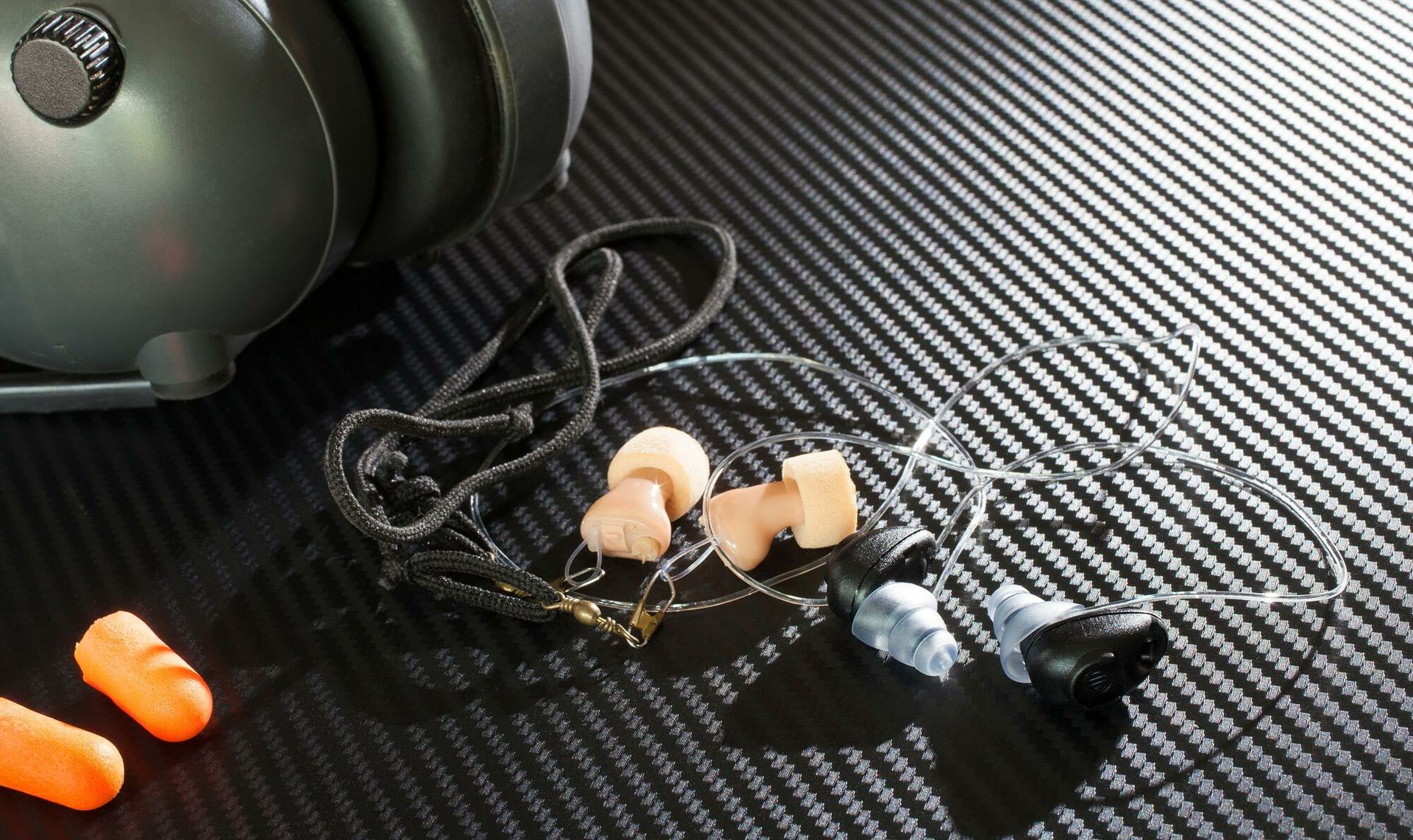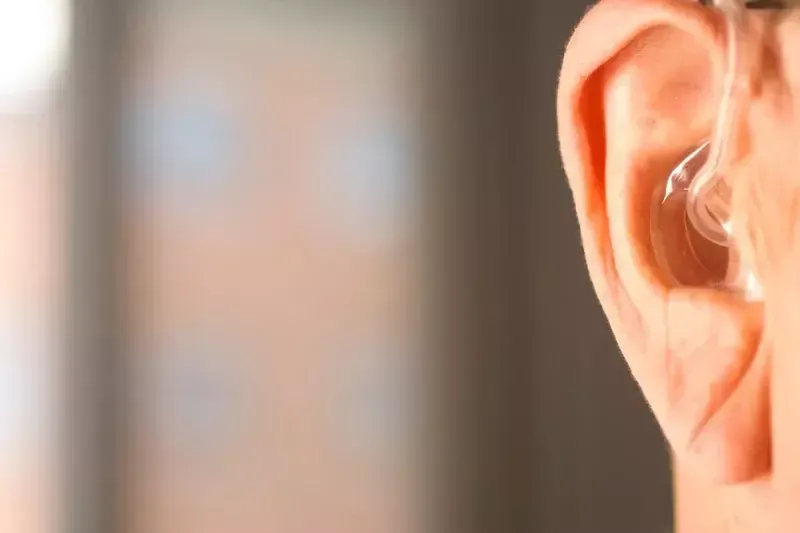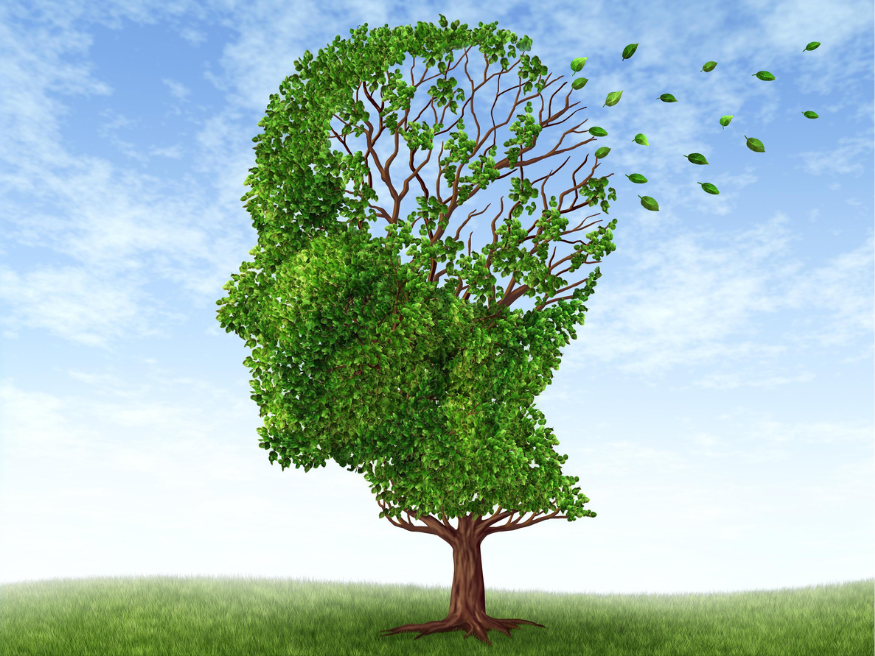Ways to Overcome Reduced Family Involvement Due to Hearing Loss
Did you know that entire families can be affected by hearing loss? It’s not just the individual who is having trouble hearing—it’s the effects of that strain which can reverberate through relationships and cause lasting ripples in communication and understanding.
Affecting
approximately 20% of people between the ages of 19 and 79, hearing loss has the likelihood of touching your life in one way or another. The less talked about impacts being the strain it can put on relationships, and the feelings of isolation and distance created as a result.
Understanding the different sides of this issue allows us as audiologists to implement practical strategies for individuals and families alike; real work that helps to (re)build, maintain, and improve the livelihoods of those we serve. Let’s explore a few of them now.
The Emotional Impact of Hearing Loss on Families
Hearing loss can disrupt normal family dynamics in a number of ways.
Difficulty understanding conversations can lead to feelings of exclusion and frustration; social activities that once brought joy may begin to feel overwhelming and cause some to withdraw. This can quickly become a vicious spiral, where an individual retreats further and further into their own recesses, all without feeling understood by those around them.
Speaking of those around them—hurdles for relatives, friends, and colleagues have their own unique set of challenges. Feelings of helplessness and resentment can begin to build over time as hearing loss wedges itself further between the one(s) affected and all the people they interact with on a daily basis.
These types of issues can weaken social and familial bonds over time, as the tensive nature tends to have a corrosive component.
Communication Strategies for Families
Making a difference in the relationships with those experiencing hearing loss doesn’t have to be complicated. In fact, there are some simple things you start doing today to begin making a difference.
Key Techniques for Effective Communication
- Speak slowly and clearly without shouting. Speaking louder isn’t always the answer—it can actually distort the sound, making comprehension harder. Carefully articulate your words with proper enunciation before raising the volume.
- Make sure your face is visible. We take for granted how many cues we pick up from lip-reading and facial expressions. For people with hearing loss, these cues are particularly helpful in understanding what another person is saying.
- Avoid talking over one another. For someone with hearing loss, multiple voices speaking at once can be extremely difficult to discern. Clear, concise communication is key. Give them the space to talk, and try your best to avoid interruption.
- Ask for feedback to confirm understanding. It’s important to make sure the two of you stay aligned throughout the interaction. Asking questions like, “Does that make sense?” or repeating back what they said in your own words are great places to start.
Active Listening Techniques
Two other powerful techniques can make a major difference in your conversations with someone who is experiencing hearing loss; eye contact and patience.
Maintaining
eye contact signals attentiveness and helps the speaker to feel supported and listened to throughout the conversation. This in itself can break down barriers of hesitation and distrust that the speaker may have built up over time, especially if they haven’t received that kind of attention from other people in their life.
Being
patient also has its place here. People with hearing loss may need a bit more time than others to understand what you’re saying. While it may feel like you want to speed up the conversation, it’s actually likely that you’ll save time (and stress) by not having to repeat yourself. Take a calm and understanding approach to see your conversations improve immediately.
Adjusting the Environment
There are things you can do beyond your speech and behaviour to improve communication, some of which involve manipulating the environment around you.
- Reduce Background Noise: Turn off the TV, music, phone, and any other distractions during discussions to increase the likelihood of optimal hearing.
- Ensure Good Lighting: Better visibility means better perception and understanding; we have to see what makes up the bulk of our communication, which is non-verbal (body language, lip movements, etc.).
Using Technology to Bridge Communication Gaps
Modern technology offers numerous tools to enhance communication for families dealing with hearing loss:
Assistive Devices
Hearing aids, captioned telephones, and personal amplifiers can help people with hearing loss hear more clearly.
Smartphone Apps
Apps offering real-time captions and voice amplification are becoming increasingly accessible and user-friendly.
Regular Hearing Check-Ups
Getting regular hearing check-ups can help detect changes in your hearing, as well as mitigate the development of minor issues into serious conditions.
Encouraging Empathy and Effort from Family Members
Small behavioral changes can make a significant impact on someone with hearing loss. Families should prioritize open conversations about the challenges they face and explore solutions together. Encourage empathy by putting yourself in their shoes—imagine the difficulty of following conversations in a noisy room or missing out on a family joke. A little patience and understanding go a long way in creating an inclusive environment for all.
Overcoming the challenges of hearing loss requires shared effort, empathy, and consistent communication strategies. With the help of assistive technology, active listening, and a supportive family environment, it’s possible to build stronger relationships and reduce the emotional toll of hearing loss.
For personalized advice and solutions, schedule a consultation with Audiology First.
Together, we can take control of your hearing health and build a plan that’s right for you.


